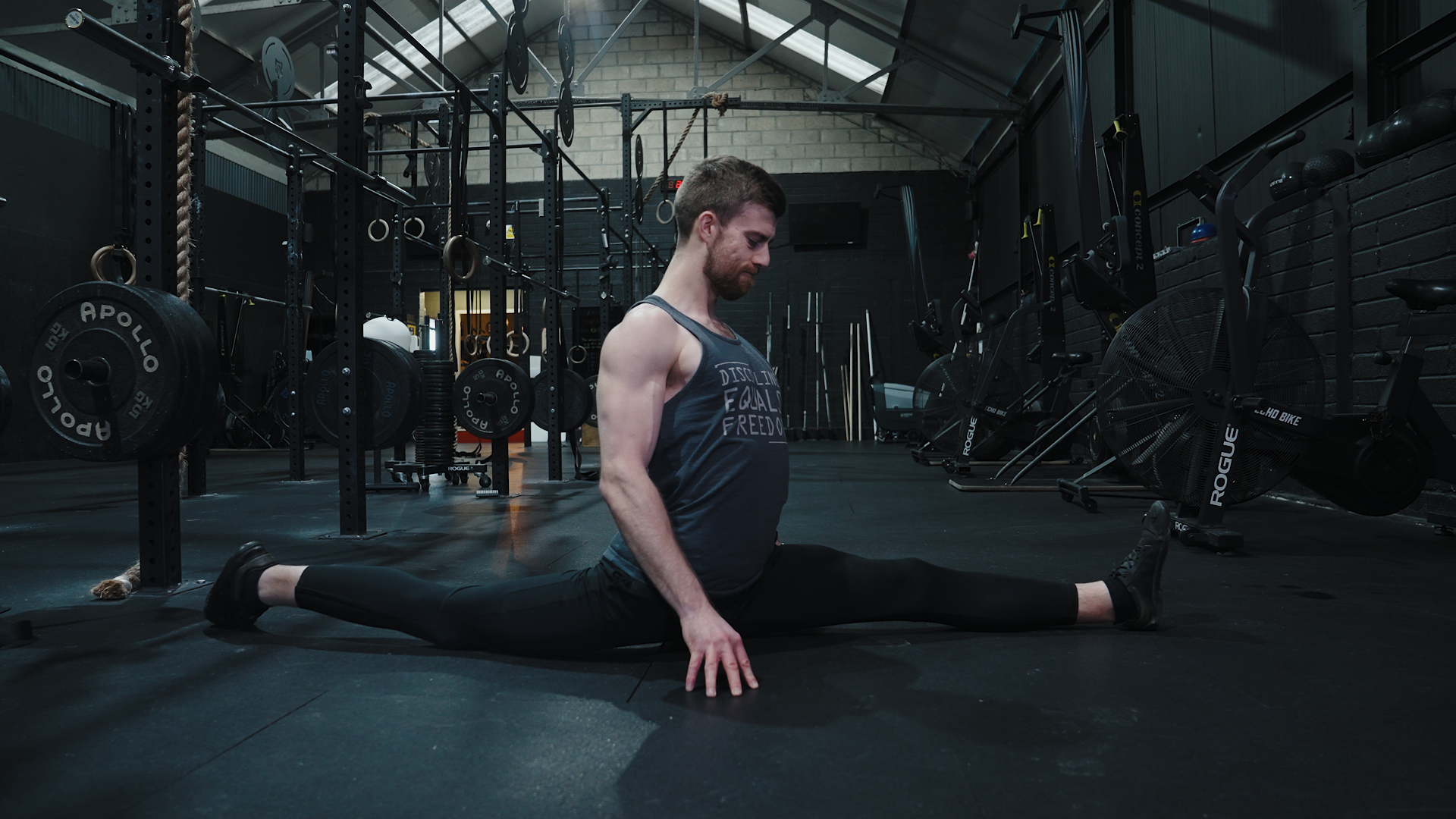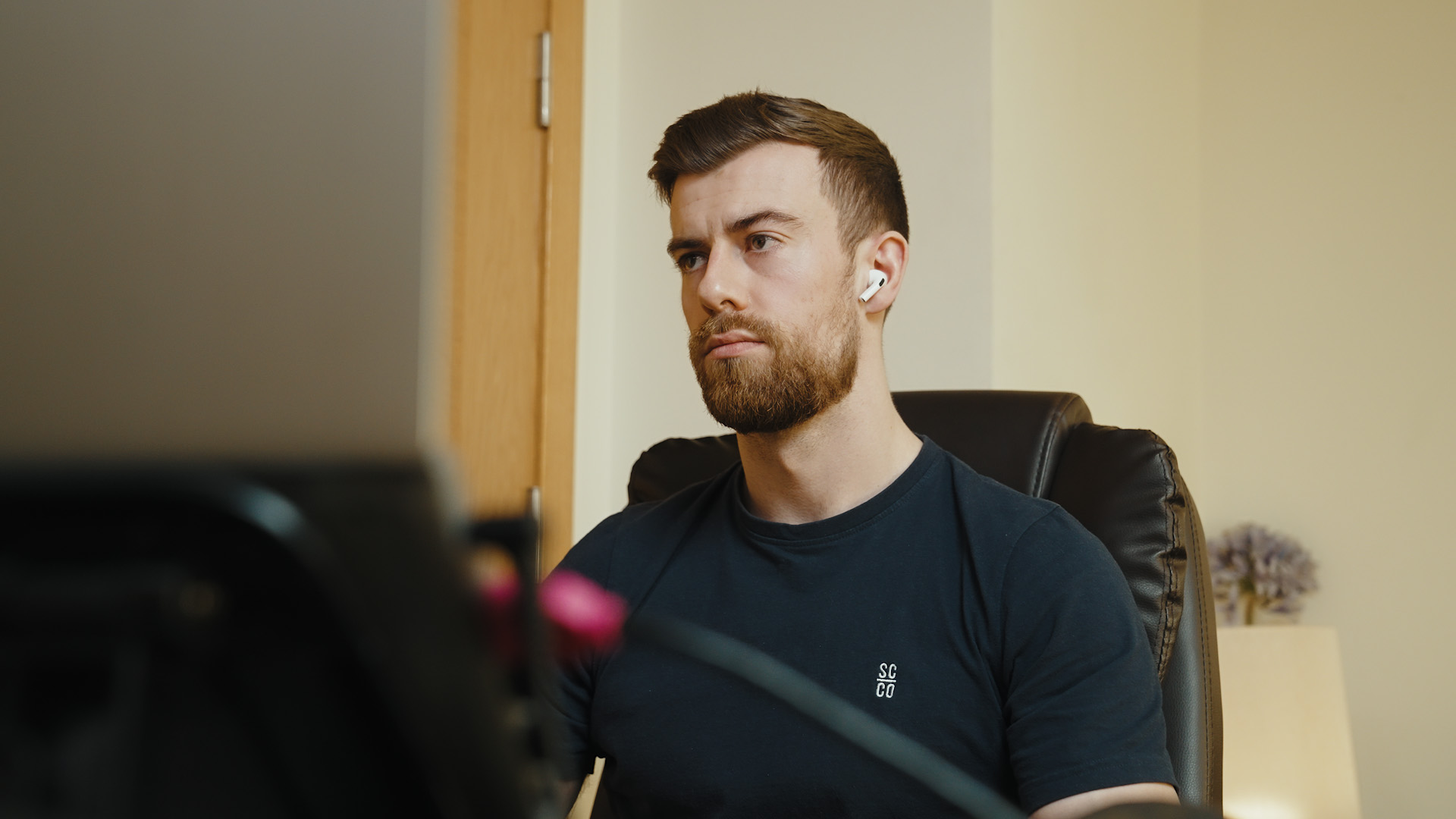| If you suffer from chronic pain, you know the fear & frustration of trying to deal with it in work.
Worrying that you won’t last through a long meeting. Getting annoyed at your desk as you can’t concentrate on your job. Trying to appear normal but the tightness & pain is doing your head in. An ergonomic chair or a standing desk isn’t the answer, it’s only treating the symptoms, not the root cause. In this newsletter I will share the strategy & tactics I use with clients to manage chronic pain in work. Chasing the Wrong CulpritThere is nothing wrong with using the standing desk, or the ergonomic chair. I’m not saying they aren’t useful, I had them myself back in the 9-5 days. But it’s not addressing the bigger picture. The issue isn’t our ‘posture’, the issue is our lack of movement throughout the day. So relying on different tools that try to put is in ‘better postures’ won’t work. The best posture is the next posture. The special chair or standing desks will probably help, it will probably give some relief, but it won’t solve the overall issue of chronic pain & tightness in work. We are not designed to be sedentary. We are designed to move. For the deep dive on this, you can read the story of the human body. What do the special forces of the army do when they have a mission? They utilise strategy & tactics to ensure they get the job done. We are going to do the same. Now that we know the main issue, we can approach it with a solid strategy & tactics. Strategy & TacticsA strategy is “a plan of action, a long term or overall aim”. And tactics are “an action or strategy carefully planned to achieve a specific end”. In simple terms
The higher level strategy is: 1) Understanding what pain is The lower level tactics you can employ in work are: 1) Movement snacks 1) Understand What Pain Is (Strategy)To get long term progress with any issue, you need to start with why. If you don’t actually know what pain is, you will never know how to manage it. I have covered this already with an in-depth free resource: what pain is & how to manage it This covers the bio-psycho-social model of pain (and many other things). It will radically change your understanding & experience of pain. If you are already aware of this, you can go to step 2. 2) Mobility Program (Strategy)Now that you understand how your pain is basically a combination of a multitude of factors across:
We can start ticking the biology boxes with a program for your specific movement limitations. You can read more about the framework I use to design clients programs here: how to build a resilient body. Starting off I usually split client programs up into:
This addresses the reactive approach we have with our bodies. (you brush your joints everyday now like your teeth). And it also enables you to do your daily routine (or some of your harder exercises) as part of the movement snacks tactic. 1) Movement Snacks (Tactic)“There is no perfect posture. The only ‘bad’ posture is the one you spend too long in”. That line changed my life in terms of dealing with chronic pain during my 9-5 days. Sitting on a special chair all day, standing at your elevated desk all day, these aren’t the silver bullet. The answer isn’t being a robot in a certain ‘good’ position, the answer is variety. You can achieve this through movement variability. Through movement snacks spread throughout the day. Instead of reactively waiting for my back or neck to ache, I started proactively getting up from my desk at the first sign (or even before) any tightness came. I would either:
Then back to my desk 10 mins later feeling resfreshed, instead of uncomfortable & frustrated. Nobody notices. People who have worked with me in the past reading this won’t have known. 2) Micro Movements (Tactic)One of the simplest things you can do to ease chronic pain/tightness at work? Just change position. You can:
Sometimes all it takes is a little adjustment in your chair, or sitting somewhere else. Have a few positions that you can alternate between during the day that feel good, and rotate between them. As I write this now at my apartment from my little office set up, I am leaning onto the left arm of the desk chair. I’ll stay here for 20 mins or so until it gets slightly uncomfortable, then I’ll switch to the other side or back to the middle. Or cross one leg over the other, and vice versa after that gets a little uncomfortable. I switch between this office set up and my couch throughout the day too. 2 hour block on the couch, break. 2 hour block at the desk. No rules, I just do what feels good and keeps me pain free & productive. Its so ingrained and part of my life now that I don’t even notice. I just got reminded of it here writing this! But I still remember the old days of looking for the best stretch that will stop my chronic neck tightness forever. For my hip. For my back. They are dead end illusions. No one stretch will solve it. The problem isn’t your body. Your body wasn’t designed for sedentary office work as we discussed. The problem is the lack of movement, so we need to follow a process of movement. Movement snacks & micro movements are a very easy and effective way to get this done. Be proactive with this and you will notice the massive difference in how you feel day to day. With your body and your work output. Proactively Combat the IssueThe key is proactively looking after your body, and fitting this into your daily life. Start your movement snacks & micro movements this week and you will see the difference in how you move & feel. Along with your work output not being affected by constant tightness & pain. You have a lot more control over your chronic pain & injury than you think. Don’t Settle, |







